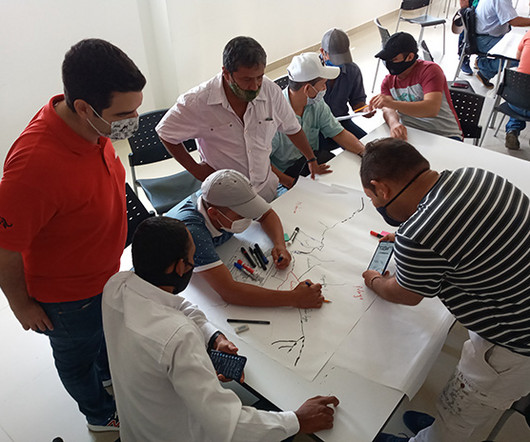Towards Thriving: Building a Movement for Black Food Sovereignty
NonProfit Quarterly
NOVEMBER 30, 2022
This article introduces Black Food Sovereignty: Stories from the Field , a series co-produced by Frontline Solutions and NPQ. This series features stories from a group of Black food sovereignty leaders who are working to transform the food system at the local level. These communities still live under food apartheid.













Let's personalize your content